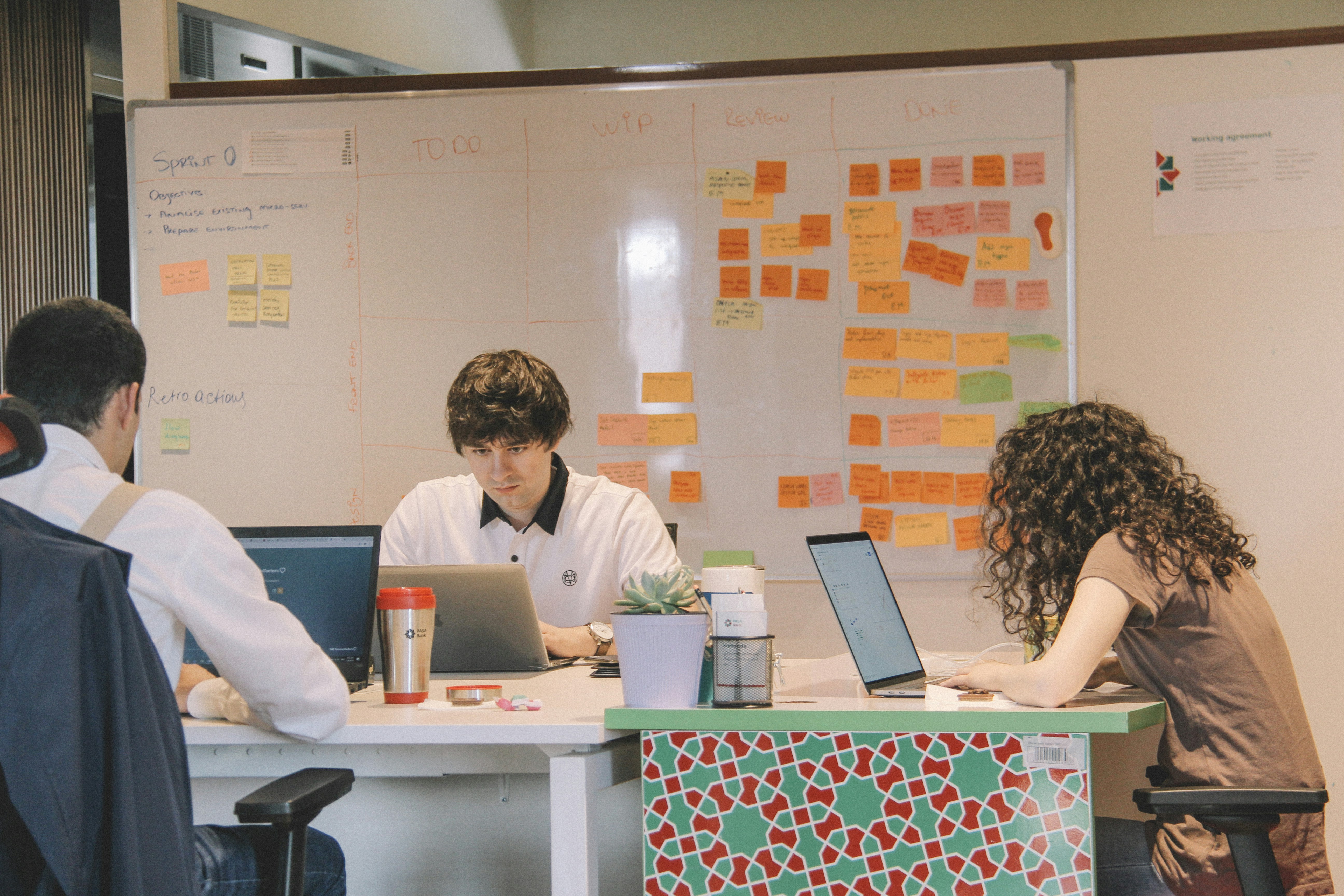
AI for Climate Resilience in Sri Lanka
Sri Lanka is highly vulnerable to climate change impacts, from rising sea levels to increasingly severe monsoons and droughts. At CIAIR, we re developing AI systems to help communities better prepare for and respond to these challenges.
Climate Vulnerabilities in Sri Lanka
As an island nation, Sri Lanka faces multiple climate-related threats:
- Coastal erosion and sea level rise affecting coastal communities
- Changing rainfall patterns disrupting agriculture
- Increased frequency of extreme weather events
- Threats to biodiversity in sensitive ecosystems
- Water security challenges during extended dry periods
These impacts disproportionately affect vulnerable communities with fewer resources to adapt.
Our AI Approaches to Climate Resilience
1. Predictive Modeling for Early Warning
We ve developed machine learning models that can predict:
- Flood risk with 72-hour advance notice
- Drought conditions up to 3 months ahead
- Landslide risk based on rainfall patterns and geological data
These predictions allow communities and authorities to take preventive action before disasters occur.
2. Adaptive Agricultural Planning
Our agricultural AI systems help farmers adapt to changing conditions:
- Crop recommendation systems based on changing climate patterns
- Optimal planting time predictions
- Water conservation strategies during dry periods
- Pest and disease forecasting as ranges shift with climate change
For example, our system helped farmers in Sri Lanka s dry zone adjust planting schedules based on changing monsoon patterns, resulting in a 24% reduction in crop failures.
3. Infrastructure Resilience Planning
We re working with local governments to optimize infrastructure investments:
- Identifying vulnerable road segments and bridges
- Prioritizing drainage improvements in flood-prone areas
- Optimizing water storage and distribution systems
- Planning sea defenses based on erosion predictions
4. Biodiversity Conservation
Our AI tools support conservation efforts:
- Monitoring ecosystem changes through satellite imagery
- Tracking wildlife movements and habitat changes
- Identifying priority areas for conservation efforts
- Modeling the spread of invasive species
Case Study: Coastal Community Resilience
In a coastal community in eastern Sri Lanka, we deployed an integrated climate resilience system that:
- Provides early warning for storm surges and flooding
- Helps fishermen plan safer fishing expeditions based on weather predictions
- Monitors coastal erosion and identifies priority areas for mangrove restoration
- Models future scenarios to inform community planning
The system has already helped the community avoid significant losses during two major storm events and is informing their long-term adaptation strategy.
Looking Forward
Climate change presents enormous challenges, but AI tools can help communities make better decisions with limited resources. We re continuing to refine our approaches and work with communities across Sri Lanka to build climate resilience.
Our next phase of work will focus on:
- Expanding early warning systems to more communities
- Developing more localized climate projections
- Creating accessible interfaces for community-level decision making
- Integrating traditional knowledge with AI systems
If you re working on climate resilience and interested in collaborating, please contact our environmental team at environment@ciair.org.